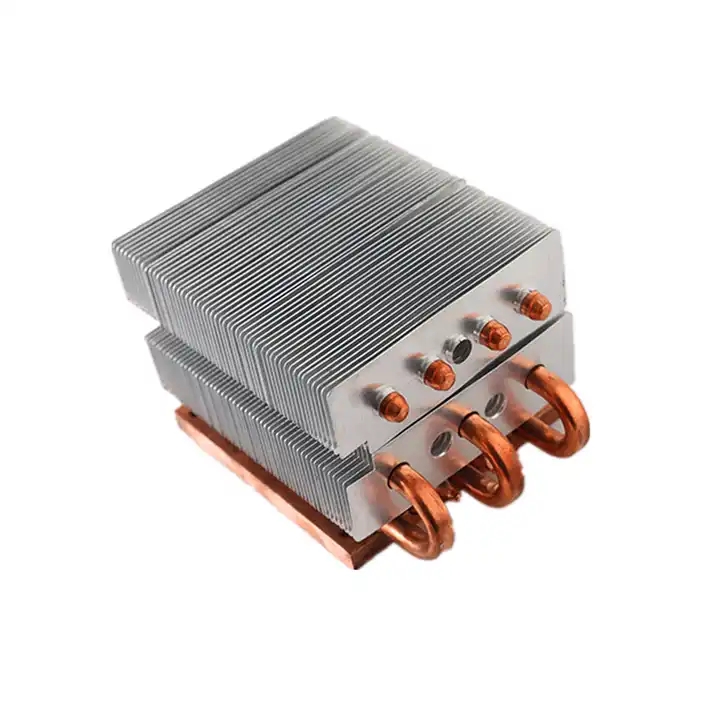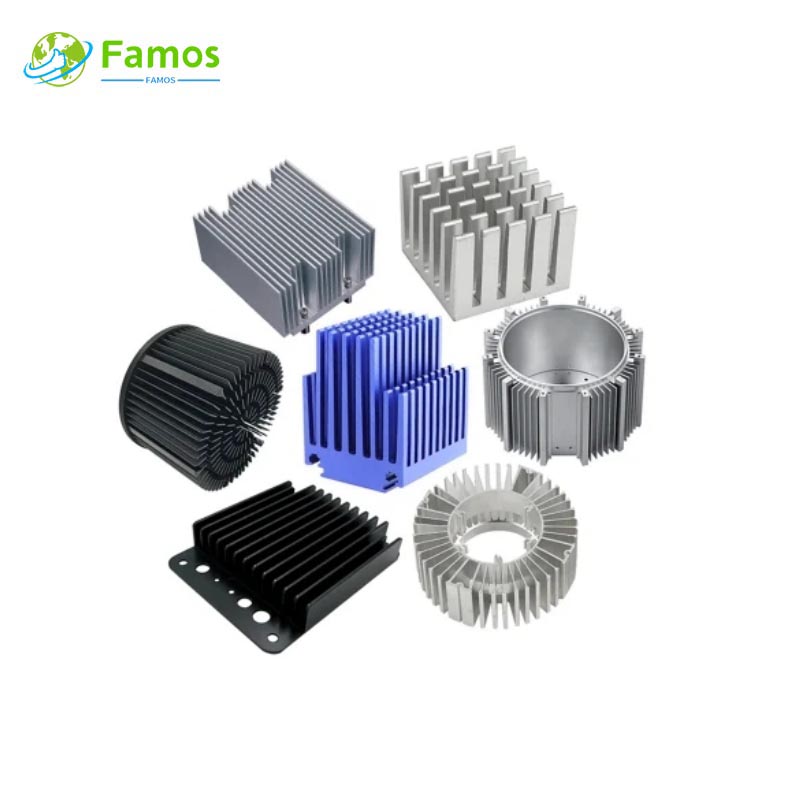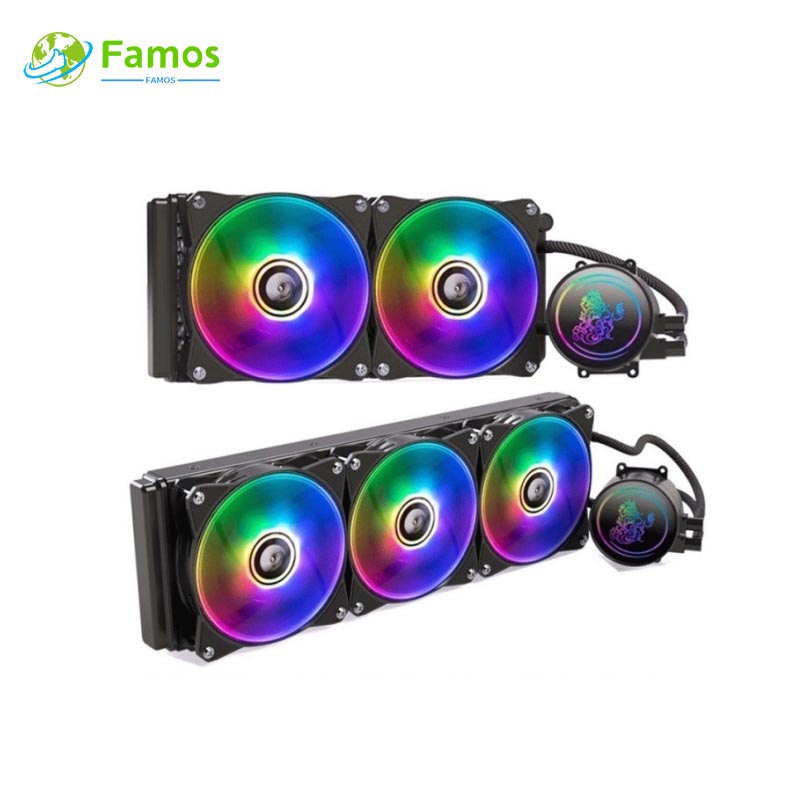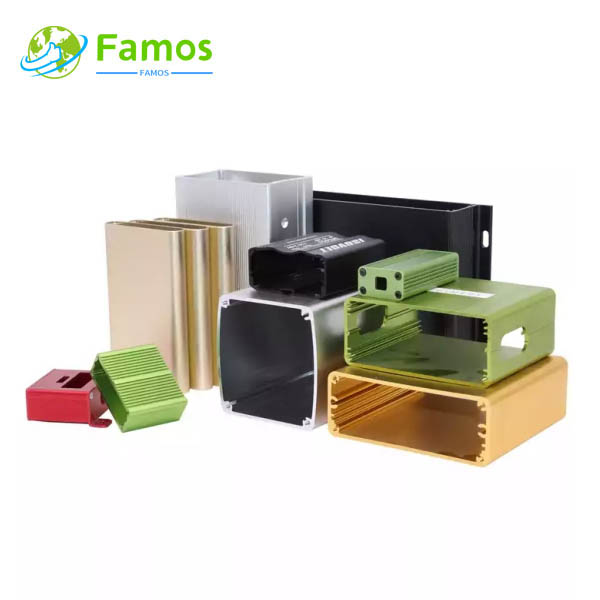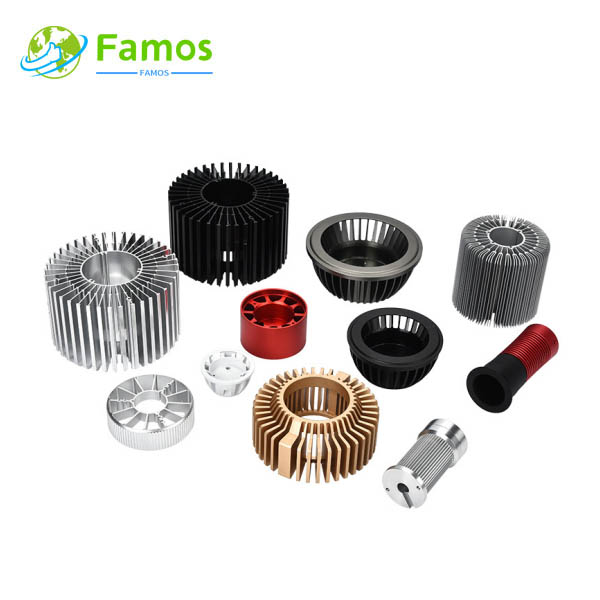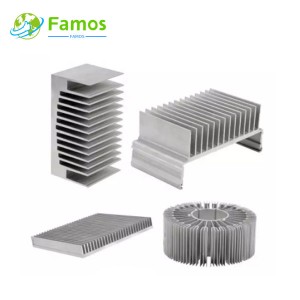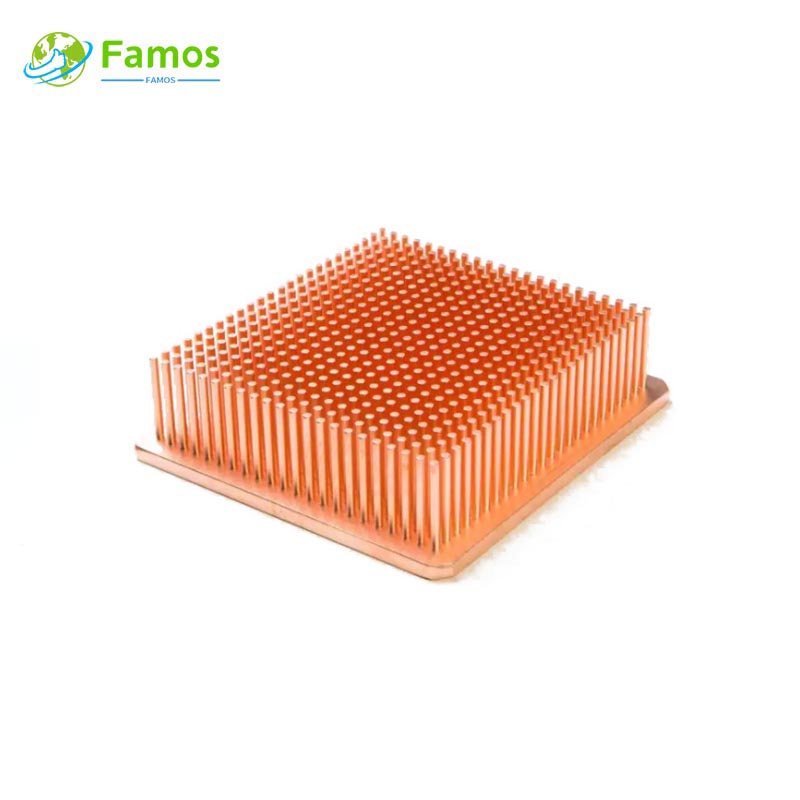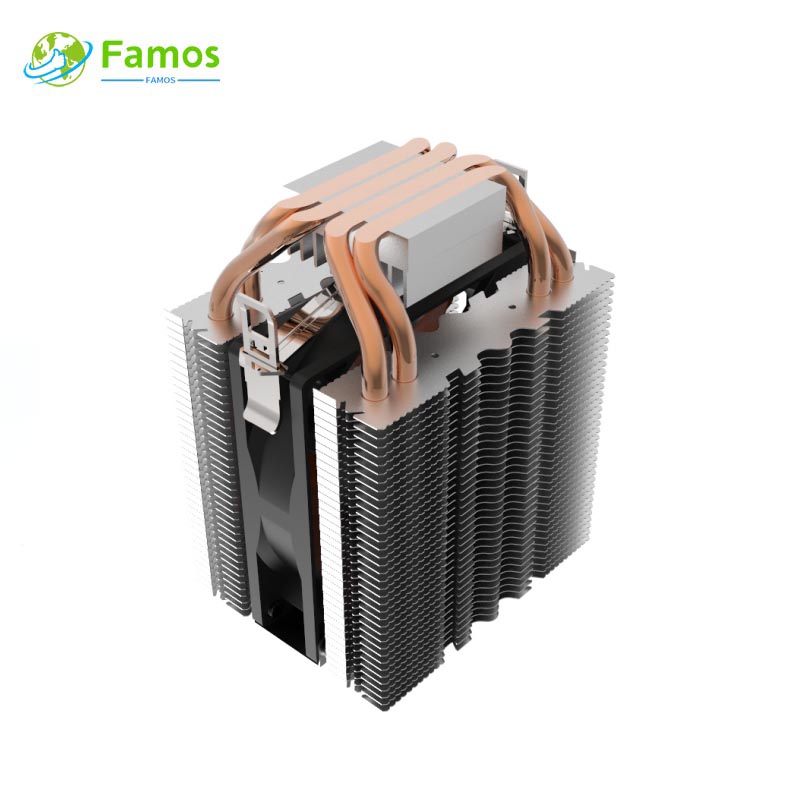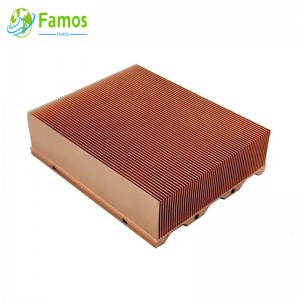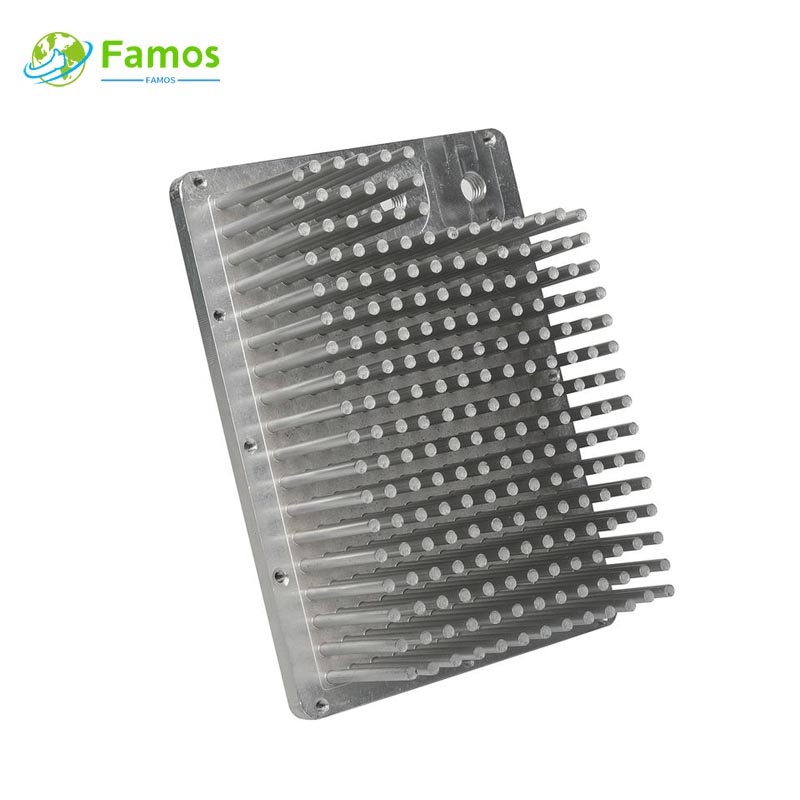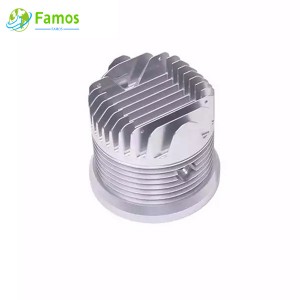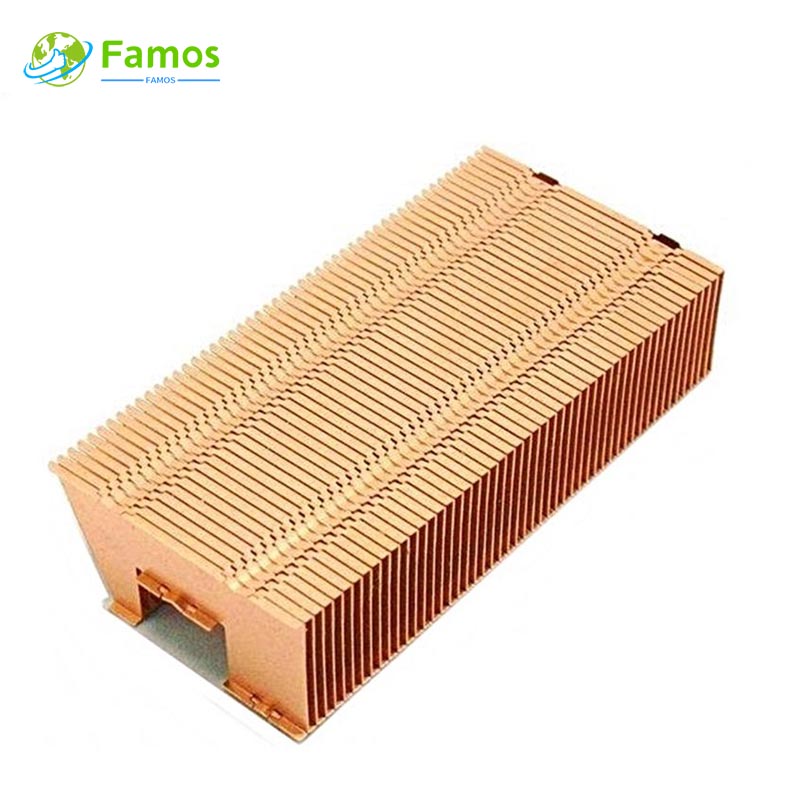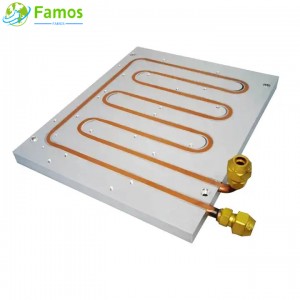Heat sinks play a crucial role in many electronic devices by dissipating excess heat generated during operations. They help maintain optimal temperatures, preventing overheating and potential damages to sensitive components. Stamped heat sinks are a popular choice among manufacturers due to their excellent performance and cost-effectiveness. In this article, we will explore the performance of stamped heat sinks, their benefits, and how they enhance the efficiency of electronic devices.
Understanding Stamped Heat Sinks:
Stamped heat sinks are made by shaping a material, typically aluminum or copper, through a stamping process. This process involves pressing the material into a stamping die, resulting in the desired shape and structure of the heat sink. The final product consists of fins that provide increased surface area for effective heat dissipation.
Performance Benefits of Stamped Heat Sinks:
1. Enhanced Heat Dissipation:
The fins on stamped heat sinks maximize the surface area available for heat transfer. This increased surface area enables efficient heat dissipation, allowing electronic devices to operate at lower temperatures. Lower operating temperatures improve the performance and longevity of electronic components.
2. Improved Airflow:
The stamped design of these heat sinks facilitates the flow of air around the fins. The spacing and shape of the fins ensure proper air circulation, resulting in increased cooling efficiency. This airflow maximization further aids in maintaining optimal temperatures.
3. Lightweight and Compact:
As stamped heat sinks are made from thin materials, they are lightweight and occupy minimal space. This characteristic is particularly beneficial for portable electronic devices, where size and weight constraints are essential. The compactness of stamped heat sinks allows for efficient cooling without compromising the design or functionality of the device.
4. Cost-Effectiveness:
The stamping process used in the manufacturing of these heat sinks is relatively inexpensive compared to alternative methods, such as extrusion. The low production costs make stamped heat sinks an affordable choice for manufacturers without sacrificing performance.
Performance Factors Influencing Stamped Heat Sinks:
1. Material Selection:
The choice of material for a stamped heat sink significantly affects its performance. Aluminum is commonly used due to its excellent thermal conductivity, lightweight nature, and cost-effectiveness. Copper, although more expensive, offers even better thermal conductivity, making it suitable for high-power applications.
2. Fin Design:
The design of the fins on stamped heat sinks influences their performance. Factors such as fin density, height, and shape determine the heat dissipation efficiency. Increasing the fin density enhances heat dissipation but may also increase air resistance. Therefore, a trade-off between the two must be considered.
3. Surface Treatment:
Surface treatment techniques, such as anodization or electroplating, can be applied to stamped heat sinks to improve their performance further. These treatments provide better corrosion resistance, increased surface hardness, and better heat transfer capabilities.
4. Mounting Method:
The mounting method employed when attaching the heat sink to the electronic component plays a crucial role in its overall performance. Proper mounting ensures maximum thermal contact between the heat sink and the component, enhancing heat transfer efficiency.
Applications and Conclusion:
Stamped heat sinks find applications in various electronic devices, including computers, telecommunication equipment, LED lighting, and automotive electronics. Their efficient heat dissipation capabilities, combined with their cost-effectiveness and compact size, make them an ideal choice for these applications.
In conclusion, stamped heat sinks offer excellent performance and efficiency in dissipating heat generated during the operations of electronic devices. Their unique design and enhanced heat dissipation characteristics enhance the overall functioning and lifespan of these devices. With ongoing advancements in the stamping process and material technology, stamped heat sinks are likely to continue being a preferred cooling solution for electronic manufacturers worldwide.
If You Are in Business, You May Like
Types of Heat Sink
In order to meet different heat dissipation requirements, our factory can produce different type heat sinks with many different process, such as below:
Post time: Jun-30-2023

